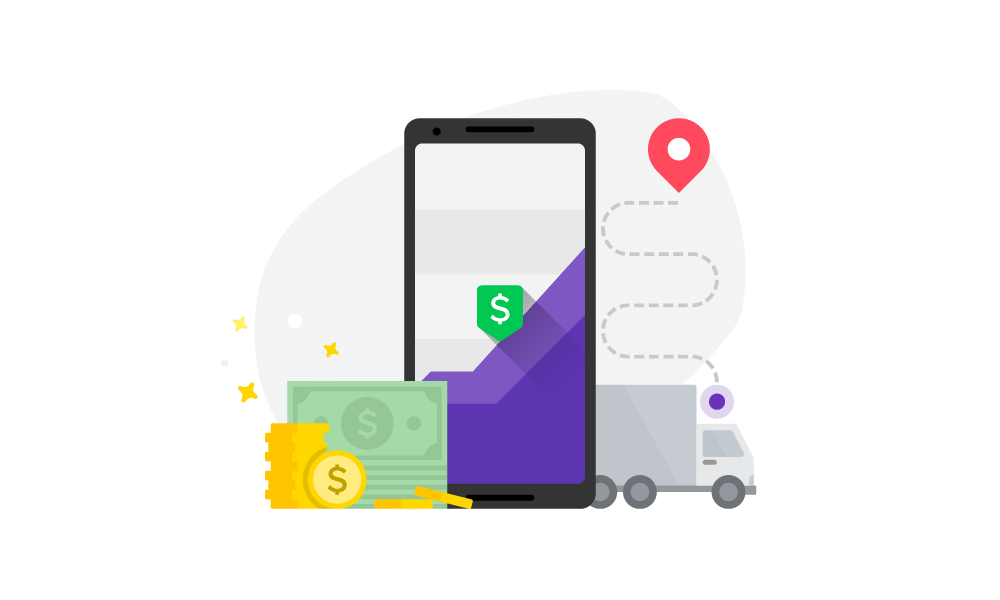Ecommerce may be a flourishing discipline, but that doesn’t mean that every merchant with a decent store and a reasonable product range is raking in the profits. It’s a tough marketplace. Due to the sheer accessibility of online retail (if you have a laptop, or even just a smartphone, then you can own and run a digital store), all the money on offer has made it a feeding frenzy.
If you’re already running an ecommerce website — or you’re aspiring to run one, despite the uneven tone of that intro — then it’s of paramount importance that you do everything you can to get an edge over your competitors. Can you do this by cutting your prices? Bringing in unique products? Generally doing whatever you can to bring in new customers?
Sure, all of that can help — but if you really want to maximize your revenue, you need to focus on keeping your customers happy. What’s more, if you employ the right tactics, they might start serving as your unofficial sales reps, encouraging people they know and meet to buy from you.
In this post, we’re going to look at how you (or any ecommerce seller) can take advantage of this option. Here are some tips for turning customers into sales reps:
Offer compelling referral incentives
Something has to go first in the list, and this is the obvious choice for one simple reason: true selflessness doesn’t really exist. There are various reasons why one person might refer another to a particular seller — wanting to be useful, respected, admired, etc. — but there’s one in particular that proves telling more often than not: the prospect of financial reward.
This is where referral programs become essential. The typical setup goes something like this: anyone who refers a new customer will receive a given sum or a comparable discount, and the person referred will often get a similar (or identical) reward. This gives each customer a powerful reason to refer you to every one of their friends: with each referral, both parties benefit.
Find the time to engage with them
These days, a brand doesn’t just need to be considered reliable and competent in its field. It must also be suitably personable. Customers want to like the brands they buy from, and the best way to show personality is to directly engage with the people ordering from you. Thankfully, this is relatively simple to do through social media. Watch out for positive social media mentions of your brand, and start responding to them to express your appreciation.
It isn’t easy, though, and that’s due to the various demands on your time. When you’re trying to run a business, you have hundreds of things to do each day, so your first objective must be to clear out some admin tasks. Think about all the things you can automate or outsource:
- Content distribution. Instead of sending them all out manually, compose your main social posts in batches and schedule them to go out at the appropriate times. There’s absolutely zero value in spending any extra time on this process.
- Customer service. While you’re personally engaging with high-value customers, you can use live chatbots and/or virtual assistants to field basic customer queries. This ensures the optimal allocation of human resources.
- Financial management. Are you taking too much time to fill out your accounts or compose invoices? Use tools instead. There are templates for Google Docs that can let you make solid invoices with ease, and outsourcing your account management to a fully-reliable freelancer will ensure that you spend far less time dealing with financial metrics.
- Site maintenance. Depending on the CMS you use, you may have access to useful plugins, but your best option is to use hosted management. This can keep your site running as needed while you focus on what you’re good at: driving sales.
Personalize their user experiences
We all like to feel special (on occasion, at least), and a key part of developing loyalty to a particular brand is being treated as a unique customer with unique preferences. Think about all the elements that go into the buying process: initial research, product selection, setting customization (shipping, location, etc.), and order completion. What can be personalized?
Well, almost all of it. By providing each customer with personalized marketing emails, you can leave them feeling understood from the outset. Having logged into your site, they can see lists of dynamic recommendations picked to suit their viewing and buying histories. They can get to the checkout stage and discover that their previous order details have been saved and can be reapplied. They can even have the option of choosing how their order confirmations are sent.
The more unique a customer’s experience is (provided it’s positive, at least), the more likely they’ll be to recommend the business to other customers. After all, they’ll get the plaudits in the event that the person referred has a comparably-pleasant experience.
Consistently request and action feedback
Lastly, there’s a lot to be said for consulting long-standing customers in a more formal way. Engaging with them is great for building rapport, but you also need to show that you’re trying to make your service better and need their help and insight to do it. By asking for a customer to assist you, you’re making it clear that their opinions matter, and that’ll make them feel good.
If you make a habit of actioning feedback, the effect will be even greater. Any customer that has their suggestions listened to and acted upon will feel somewhat like a part of the brand team, making it perfectly natural for them to recommend it to others.
Having customers willing to recommend your brand is significant in two ways. Firstly, it means they rate you highly and will continue to buy from you. Secondly, it means they’ll send interested prospects your way. By implementing the tactics we’ve looked at, you should be able to make some major improvements.





